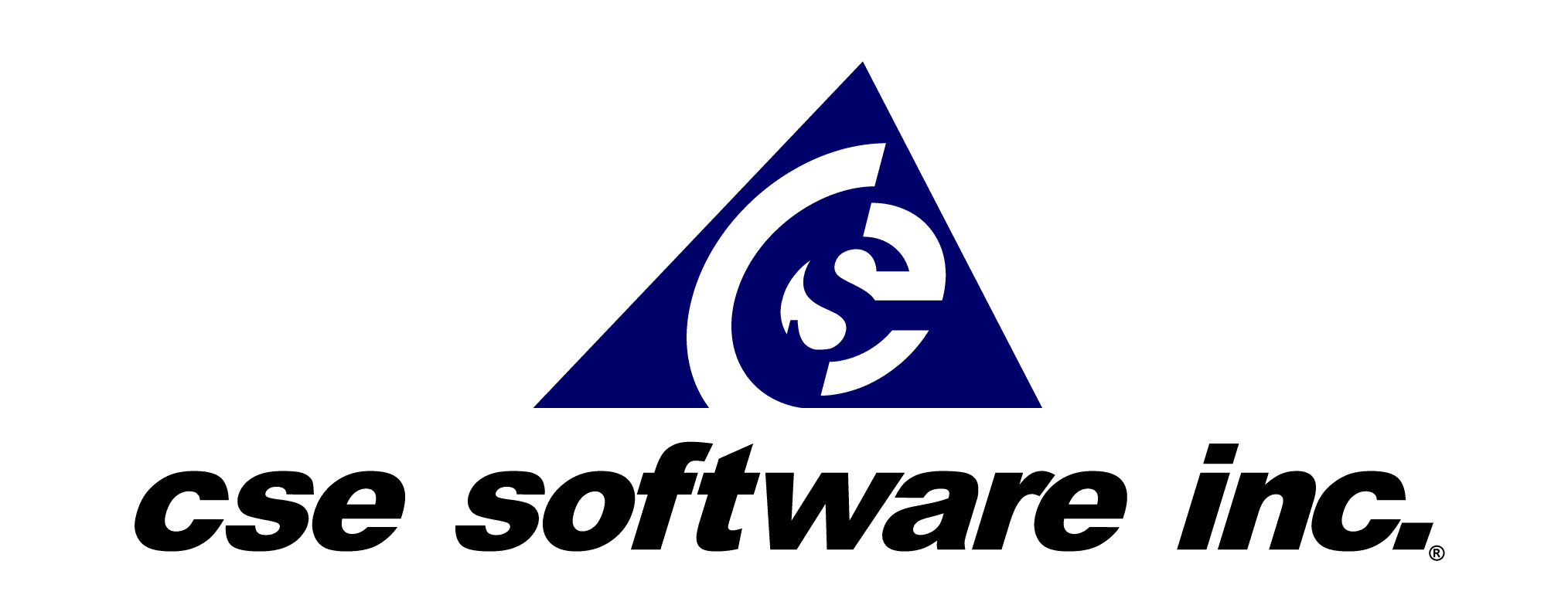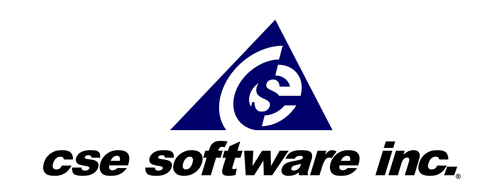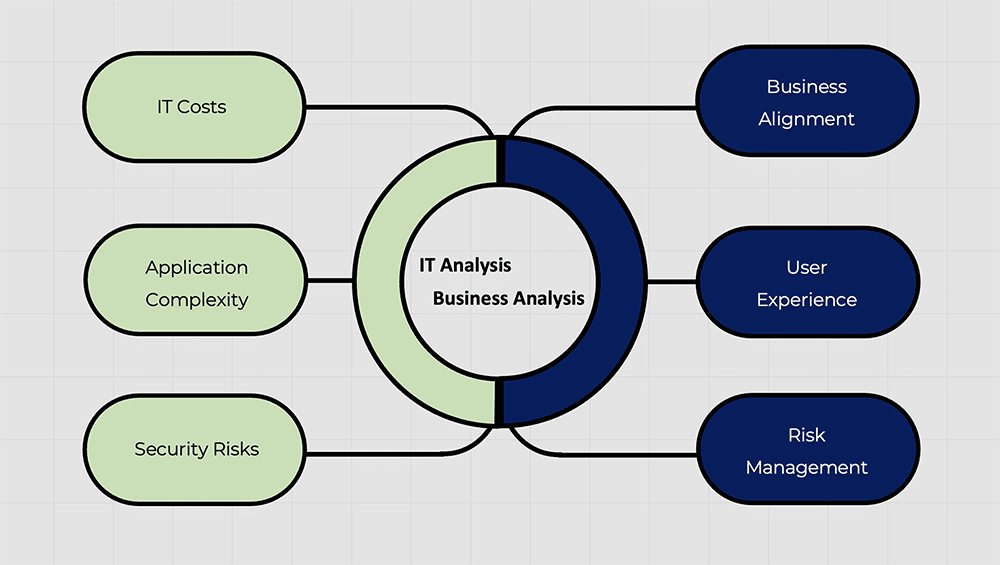Businesses today face constant pressure to stay competitive and innovative. However, many organizations continue to rely on legacy applications, which are outdated software systems that can hinder growth and efficiency. These legacy applications often struggle to meet modern demands, resulting in increased maintenance costs, security vulnerabilities, and integration challenges. To overcome these obstacles, companies are turning to legacy application modernization, a strategic process that updates or replaces these outdated systems with modern solutions, enabling them to remain agile and responsive to ever-changing business needs.
What is a Legacy Application?
Legacy applications refer to software systems, technologies, or processes that have been in use for a significant period and have become outdated or inefficient. These applications often rely on older programming languages and hardware, which can pose integration challenges with modern technologies. While they may still serve critical functions within an organization, their age and limitations can impede business growth and innovation.
Legacy systems are prevalent in various industries, including manufacturing, finance, distribution, and healthcare, where they provide stability and continuity. However, as technology advances, these systems may struggle to meet current business needs, making modernization essential for staying competitive in today’s technology-driven culture.
What Are the Negative Impacts of Legacy Applications?
Legacy applications can present several challenges that negatively impact an organization’s operations and growth:
Maintenance Difficulties
Legacy systems often require extensive maintenance due to their complex code structures and reliance on outdated technologies. This can lead to increased IT costs and a higher demand for specialized skills that are becoming scarce as newer technologies emerge.
Increased IT Costs
The cost of maintaining legacy systems can be significant, with high expenses related to operations, support, and updates. These systems often require more resources to keep running smoothly, diverting funds away from more strategic initiatives.
Performance Issues
Legacy applications may suffer from slow load times, inefficient performance, and an inability to handle peak loads. This can frustrate both employees and customers, leading to decreased productivity and satisfaction.
Security Vulnerabilities
Older systems are more susceptible to cyberattacks as they lack modern security features and updates. Without regular security patches, legacy applications can expose organizations to significant risks, including data breaches and compliance violations.
Compliance Risks
With the introduction of data privacy regulations like GDPR, CCPA, and HIPAA, legacy systems may struggle to comply with these requirements. Non-compliance can result in legal penalties and damage to the organization’s reputation.
Integration Challenges
Legacy systems often do not integrate well with modern technologies, creating data silos and limiting the organization’s ability to leverage data effectively. This can hinder efforts to implement new business processes or technologies that rely on data integration.
Reduced Agility
Legacy applications can hinder an organization’s ability to respond to changing business needs and customer demands. This lack of agility can put the organization at a disadvantage in a competitive marketplace where speed and adaptability are critical.
What is Legacy Application Modernization?
Legacy application modernization is the process of transforming outdated IT systems and applications to align with current business needs and technological advancements. This process involves updating or replacing legacy systems with modern cloud applications and solutions to eliminate inefficiencies and improve overall performance.
Modernization can include various approaches, such as adding new solutions to improve existing systems, retiring outdated applications, or migrating to entirely new platforms. The goal is to create a more agile, efficient, and secure IT environment that supports the organization’s growth and innovation efforts.
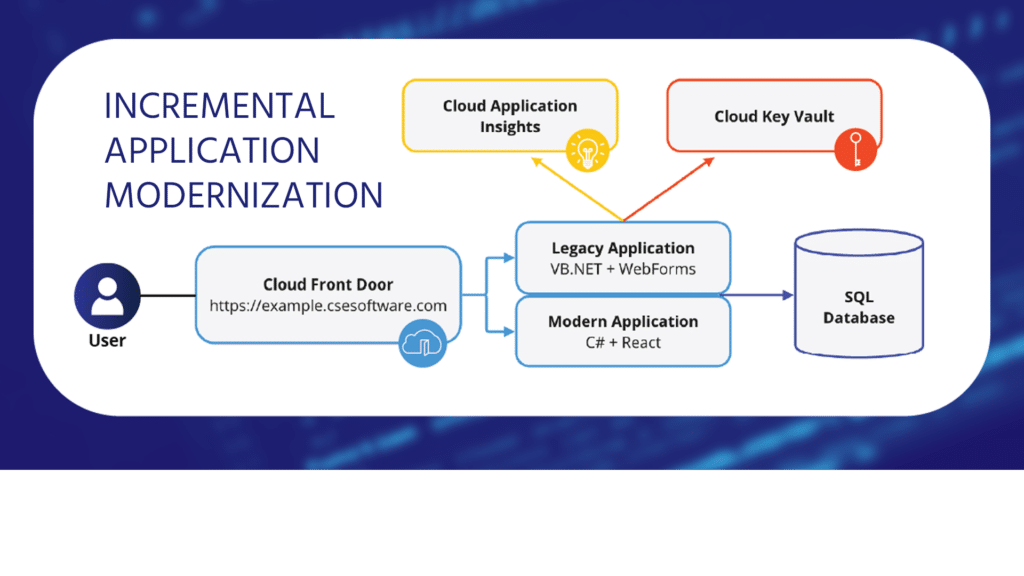 Approaches to Modernization
Approaches to Modernization
Several strategies can be employed in the modernization process:
- Encapsulation: Use APIs to integrate existing data with modern applications.
- Rehosting: Redeploy applications to cloud or hybrid environments.
- Replatforming: Migrate code with minimal changes to a new platform.
- Refactoring: Update features and eliminate technical debt.
- Rearchitecting: Alter architecture for enhanced capabilities.
- Rebuilding: Develop applications from scratch.
- Replacing: Completely eliminate and replace legacy systems.
Each approach offers unique benefits and challenges, and the choice of strategy should align with the organization’s specific needs and goals.
Organizational Benefits of Modernization
Modernizing legacy applications offers several key benefits for organizations, enhancing both operational efficiency and overall performance. One of the primary advantages is improved management and maintenance. Modern systems are generally easier to manage, reducing the burden on IT departments and lowering associated costs. This reduction in maintenance allows organizations to reallocate resources to more strategic initiatives, such as innovation and growth.
Additionally, modernization enhances automation, leading to more efficient processes. By automating routine tasks, organizations can increase productivity and allow teams to focus on more strategic and engaging work, ultimately boosting employee satisfaction. Better integration and data management are also significant benefits of modernization. Modern solutions enable seamless integration with other tools and platforms, improving data accessibility and management. This facilitates more effective decision-making and allows organizations to leverage data-driven insights to drive business growth.
Cost savings are another important benefit of modernization. By reducing maintenance and support costs associated with outdated systems, organizations can achieve significant financial savings and allocate resources more strategically. Modernization also helps organizations avoid costs related to data breaches and non-compliance with regulations, further contributing to financial efficiency. Overall, the benefits of modernizing legacy systems extend beyond immediate operational improvements, positioning organizations for long-term success and growth in a technology-driven world.
Steps to Modernize Legacy Applications
The process of modernizing legacy applications involves several key steps to ensure a successful transformation:
Analyze Legacy IT Architecture
Evaluate current systems based on business and IT drivers to identify modernization needs. Consider factors such as business fit, value, agility, IT cost, complexity, and risk.
Evaluate Modernization Approaches
Consider various strategies to modernize IT systems, such as encapsulation, rehosting, replatforming, refactoring, rearchitecting, rebuilding, or replacing legacy systems. Choose an approach that aligns with the organization’s specific needs and goals.
Create an Implementation Team
Assemble a team of IT professionals and department leaders to oversee the modernization efforts. Encourage involvement and ownership to reduce resistance to change.
Determine Timeline and Success Metrics
Set realistic goals and timelines to measure progress and success. Define productivity improvements and indicators of progress.
Support Employee Adoption
Develop a change management strategy to help employees adapt to new systems and processes. Provide training, tools, and support to facilitate the transition.
Invest in Digital Adoption Platforms
Use tools like digital adoption platforms to facilitate user training and support. This helps employees adapt to new tools and improve adoption rates.
Analyzing Current Legacy Systems
Analyzing current legacy systems is a crucial first step in any modernization initiative. By assessing both IT-related and business-related aspects, organizations can identify specific areas for improvement, prioritize modernization efforts, and align their technology strategy with business goals.
IT-Related Analysis
- IT Costs:
- Maintenance and Operations: Evaluate the total cost of ownership, including maintenance, support, and operational expenses. Legacy systems often incur high costs due to outdated hardware, software, and lack of skilled personnel.
- Scalability and Performance: Assess the system’s ability to handle increased workloads and scale as business needs grow. Legacy applications may struggle with scalability, leading to performance bottlenecks and inefficiencies.
- Application Complexity:
- Code Structure: Analyze the complexity of the codebase, which can make maintenance challenging and limit the ability to implement changes or enhancements. Look for code bloat and convoluted dependencies that hinder development efforts.
- Integration Challenges: Evaluate the system’s integration capabilities with modern technologies and platforms. Legacy systems often lack support for APIs and other integration methods, leading to data silos and disconnected processes.
- Compatibility and Support: Assess the technology stack used by legacy systems, including programming languages, databases, and hardware. Evaluate the availability of support and updates for these technologies, as well as the availability of skilled personnel to maintain them.
- Security Risks:
- Vulnerability Assessment: Identify potential security vulnerabilities due to outdated security measures and lack of regular updates. Legacy systems are more susceptible to cyber threats, putting sensitive data and business operations at risk.
- Compliance Issues: Determine the system’s ability to meet current regulatory requirements, such as GDPR and HIPAA. Non-compliance can lead to legal penalties and reputational damage.
Business-Related Analysis
- Business Alignment:
- Strategic Fit: Evaluate how well the legacy system aligns with current business objectives and strategic goals. Determine whether the system supports or hinders the organization’s ability to adapt to market changes and customer demands.
- Process Efficiency: Analyze the efficiency of business processes supported by the legacy system. Identify areas where manual workarounds or inefficiencies occur due to system limitations.
- Business Impact: Assess the value that the legacy system provides to the organization, including its impact on revenue generation, customer satisfaction, and operational efficiency.
- User Experience:
- Employee Satisfaction: Gather feedback from employees who interact with the legacy system daily. Identify pain points and challenges they face and determine how these issues impact productivity and morale.
- Customer Experience: Evaluate the impact of the legacy system on customer interactions and satisfaction. Identify areas where outdated technology leads to suboptimal customer experiences.
- Risk Management:
- Operational Risks: Identify operational risks associated with legacy systems, such as system failures, data loss, and downtime. Evaluate the potential impact of these risks on business continuity and reputation.
- Change Management: Assess the organization’s readiness for change, including the potential resistance to adopting new technologies and processes. Develop strategies to address these challenges and ensure a smooth transition.
- Opportunity Costs: Consider the opportunity costs of maintaining the legacy system, including the potential benefits of investing in modern solutions that drive innovation and growth.
By conducting a comprehensive analysis of both IT and business aspects, organizations can gain a clear understanding of their legacy systems’ strengths and weaknesses. This insight allows them to prioritize modernization efforts, align technology initiatives with business goals, and create a roadmap for successful transformation.
Legacy App Modernization Success Story
A Fortune 100 natural gas engine manufacturer modernized its legacy processes with a custom application, significantly enhancing efficiency and sales operations.
The Challenge
Engineers at the manufacturer struggled with managing complex data sheets for engine sizing in mechanical drive and electric power generation applications. Multiple engineers updating data sheets concurrently led to inaccuracies and inefficiencies, hindering the sales process.
The Solution
CSE Software developed a custom engine rating application to centralize data management and streamline processes. This application generates comprehensive data sheets, offering insights into engine performance for specific conditions and ensuring precise engine sizing for each customer.
Key Features
- Centralized Data Management: Provides a unified platform for consistent updates and maintenance of data sheets.
- API Integration: Enhances functionality by linking to external sources, supplying engine-specific information and associated data.
- Instant Tech Data Sheets: Enables real-time generation of data sheets, crucial for field operations.
- Complex Calculations: Automates calculations, presenting results in standard and site ratings formats.
The Impact
The application revolutionized the engine sizing process, boosting efficiency for engineers and end-users. Instant tech data sheet generation improved operational agility and decision-making, enhancing the overall sales operation. This legacy application modernization project showcases the transformative impact of updating outdated systems. By leveraging modern technology, the manufacturer overcame challenges, improved efficiency, and enhanced customer satisfaction.
Discover how custom application development can revolutionize your processes. Talk with one of our experts today to learn more about the benefits of legacy application modernization.
Legacy application modernization is essential for maintaining competitiveness and agility in today’s rapidly changing business environment. By following a structured approach and leveraging modern technologies, organizations can transform their legacy systems into powerful tools that drive innovation and growth.
